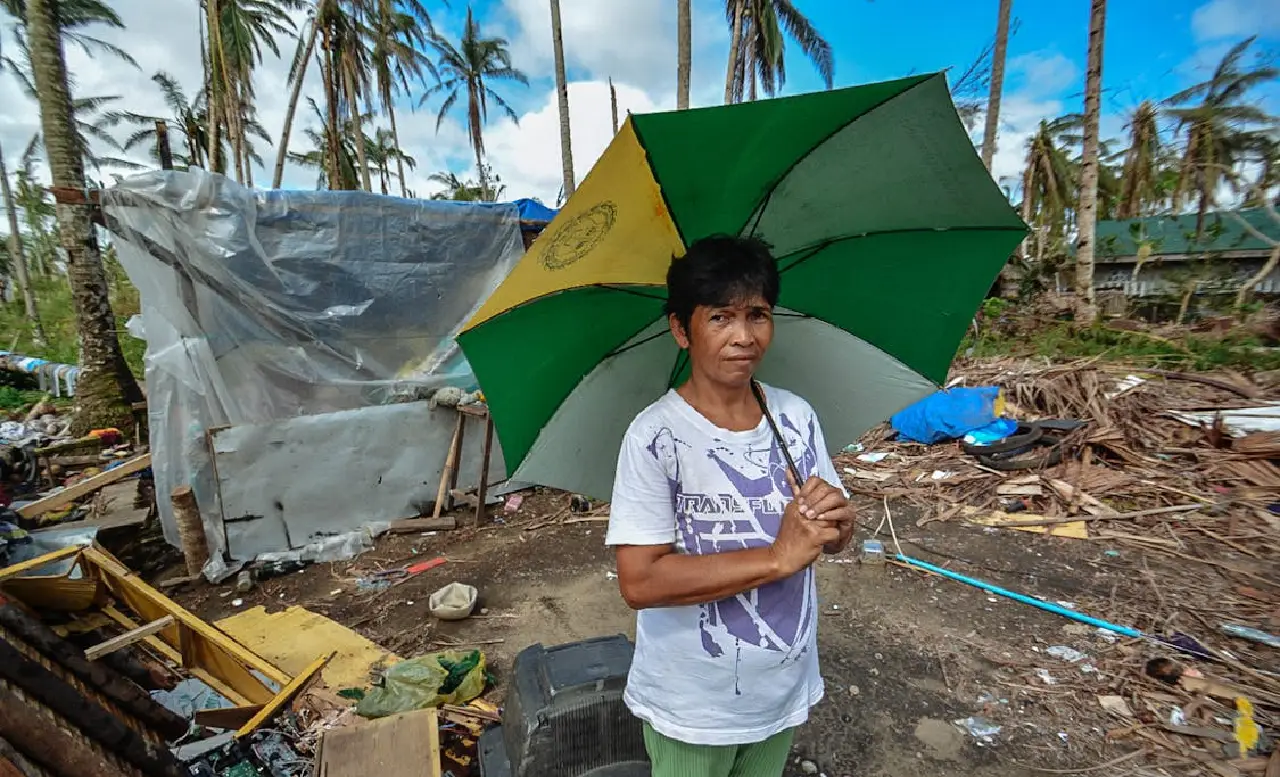Natural calamities are nothing new to Australia; droughts, cyclones, floods and bushfires, regularly put our communities' ability to bounce back to the test.
True resilience, begins at the community level, even though government organisations and emergency services are essential to catastrophe response. In order to build community resilience, everyone must prepare together, respond together and recover together so that the community is stronger than it was before. Here's how communities across Australia can work together to face disasters with strength and solidarity.
- Understanding the Local Risks
Understanding the threats that are most likely to impact your area, is the first step in developing resilience. Every locale, faces different difficulties like cyclones in the Northern Territory, flooding in Queensland or bushfires in regional Victoria. To assist citizens, and communities in understanding these hazards, local governments and emergency services, frequently offer risk maps and planning resources. Communities are better equipped, to plan ahead and minimise any harm, when they possess knowledge.
- Creating Community Emergency Plans
A well organised community emergency plan ensures that everyone knows what to do before, during and after a disaster. This
includes evacuation routes, local meeting points, emergency contact trees and protocols for checking on vulnerable residents. To guarantee relevance and inclusivity, these plans should be developed in collaboration, with neighbourhood associations, emergency services and local stakeholders.
- Encouraging Neighbour to Neighbour Support
People are a community's most valuable resources. Particularly in rural or isolated locations, encouraging neighbours, to get to know one another can greatly enhance emergency results. In times of need, small actions like sharing contact details, watching over one another during severe weather or organising meetings, for street based preparedness can be quite helpful.
- Building Local Capacity and Skills
A community's capacity to react efficiently, is strengthened by investing in skills development programmes including emergency response training, fire safety and basic first aid. Workshops and training sessions, can be provided by volunteer organisations, community centres and local municipalities. By fostering a culture of readiness, involving children and schools, can also aid in transferring important knowledge to future generations.
- Establishing Communication Channels
Clear, reliable communication is critical when disasters strike. Communities should endeavour, to set up a variety of communication channels such as community radio, local noticeboards, SMS notifications and social media groups. To provide fair
support during emergencies, it is crucial to make sure that these systems involve all community members, including the elderly, the disabled and those, who do not speak English.
- Partnering with Local Organisations
Schools, local companies, faith based groups and nonprofits, can all be extremely important in emergency planning and recovery. These organisations frequently have readily mobilisable networks, facilities and resources, already in place. By working together we can maximise the community's access to help, both during emergencies and during the recovery period, ensuring a more coordinated and inclusive response.
Conclusion
Building resilience takes time and requires constant work, teamwork and shared accountability. Australian communities can handle natural disasters with more confidence if they recognise local hazards, plan ahead, build solid relationships and invest in community capacity. To make sure, that no one suffers a crisis alone, cooperation is essential before it happens.
